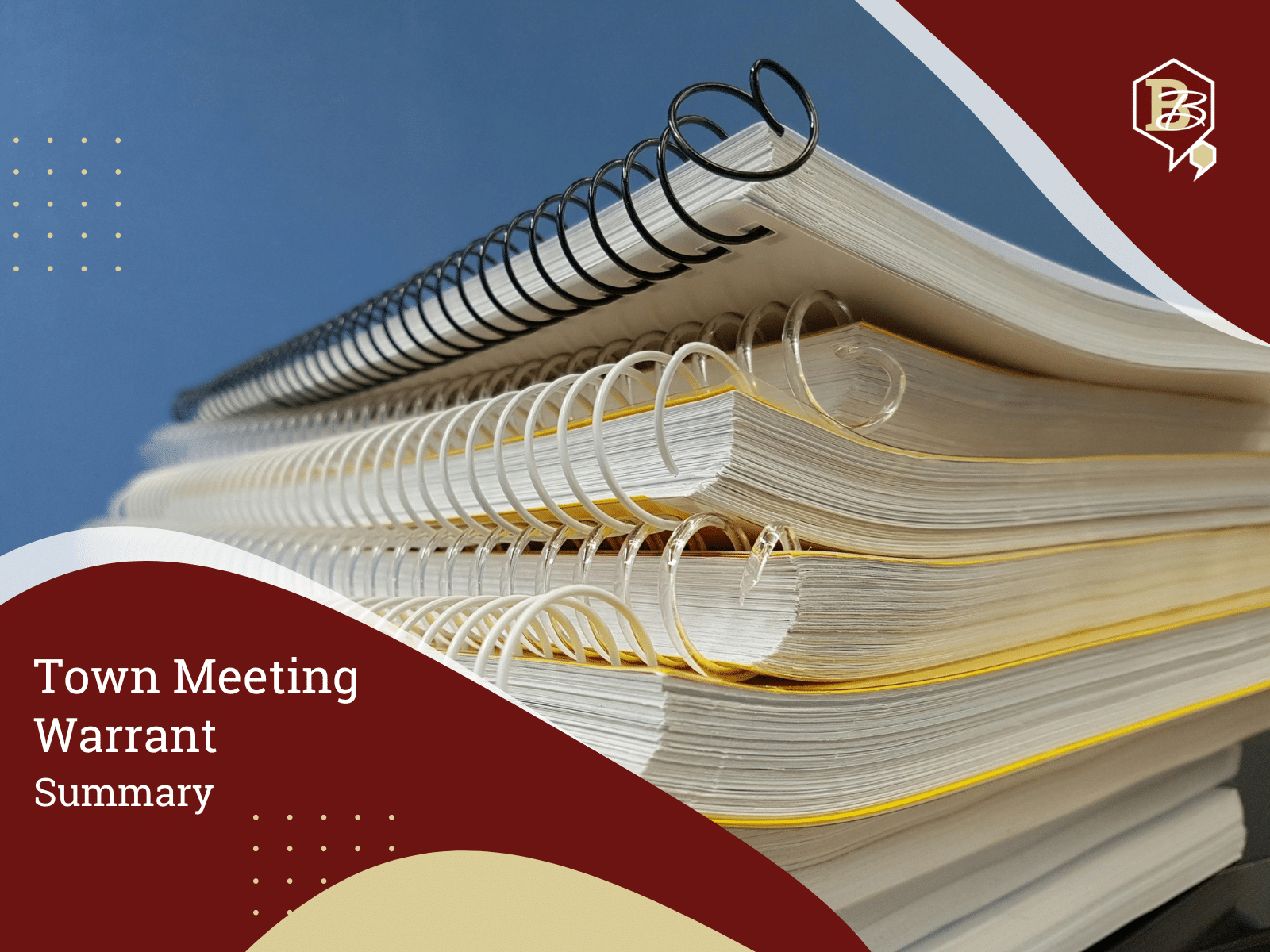A Look at the Proposed FY25 Budget for Burlington Massachusetts
A look into the FY2025 budget for Burlington, Massachusetts, as well as the 10-year capital plan, in preparation for this May's Town Meeting


Before you get very far through the Town Meeting Warrant this May, you'll run into a tiny, unassuming article with big implications. In the Table of Contents, Article 3 reads, simply, "Fund FY2025 Operating Budget." The backup reads equally inconspicuous: "See Budget Book." But when we look to that book, we see 148 very dense pages, full of tables, narratives, and charts. So let's talk about how to start making sense of the proposed Fiscal Year 2025 budget for Burlington, Massachusetts.
After the page listing all the contributors to the budgeting process (Most of these are volunteers; if you ever see one of those folks in the wild, thank them for their work and dedication!), the budget book begins, as many such documents do, with a table of contents that will guide readers through the density of information contained inside. After the front matter at the beginning, you'll see the main budget is laid out as recurring and non-recurring expenses, recurring and non-recurring revenue, and then the operating budgets by category. Following the budgets are Supplemental Information and the Capital Improvement Plan, and then there is a glossary at the end. Keeping these buckets in mind can help organize your approach to looking at the document and make it feel less daunting.
Skip past the Table of Tables, which is a little too meta for this point in the process but which you can reference later when looking for specific figures, and the first thing you'll see is a letter from Ways & Means Chair, John Iler, outlining the broad strokes of the town's financial situation. Next is a letter from Town Administrator, Paul Sagarino, outlining the high-level proposed FY25 budget for Burlington, Massachusetts ($176,865,427, representing a 4.99% increase over last year), as well as the highlights of the capital improvement plan. Sagarino goes on to lay out the general, financial, and economic development goals of the town.
Take these two letters together, a total of about seven pages, and you've got a pretty decent overview of how the town's Administrator and Finance Committee view the town's position now; needs, goals and plans for the short- and long-term; and concerns to keep in mind. Everyone living in town, even those not participating in Town Meeting, would benefit from this information, and we recommend reading it!
Next up is the town's organizational chart, which is a handy overview of the structure of the people who get things done in our town. After that, a brief overview of Burlington and the budget process laid out as a narrative, calendar, and cycle.
You'll want to pour a second cup of coffee and grab a muffin as you reach the final two pages of the front matter, as there is a lot to digest in a small footprint. Page 23 gives a one-page overview of this year's budget. Revenues are listed on the left-hand column, expenditures are on the right, and the two circle graphs in the middle show an even higher-level view of the same: revenue by source and expense by category. Page 24 shows the budget over the last five years.
This is where we would stop to avoid information overload. After this, the numbers start swimming on the page if you don't take a break. So that's what we'll do, and we'll be back to take a look at operating budgets and the capital plan tomorrow.
This year’s Annual Town Meeting will begin on Monday, May 13, at 7:00 PM and will continue on Wednesday and Monday evenings until the entire Warrant has been reviewed. Stay tuned to the Buzz for summaries of the articles in the Town Meeting Warrant and how Town Meeting votes on each.





